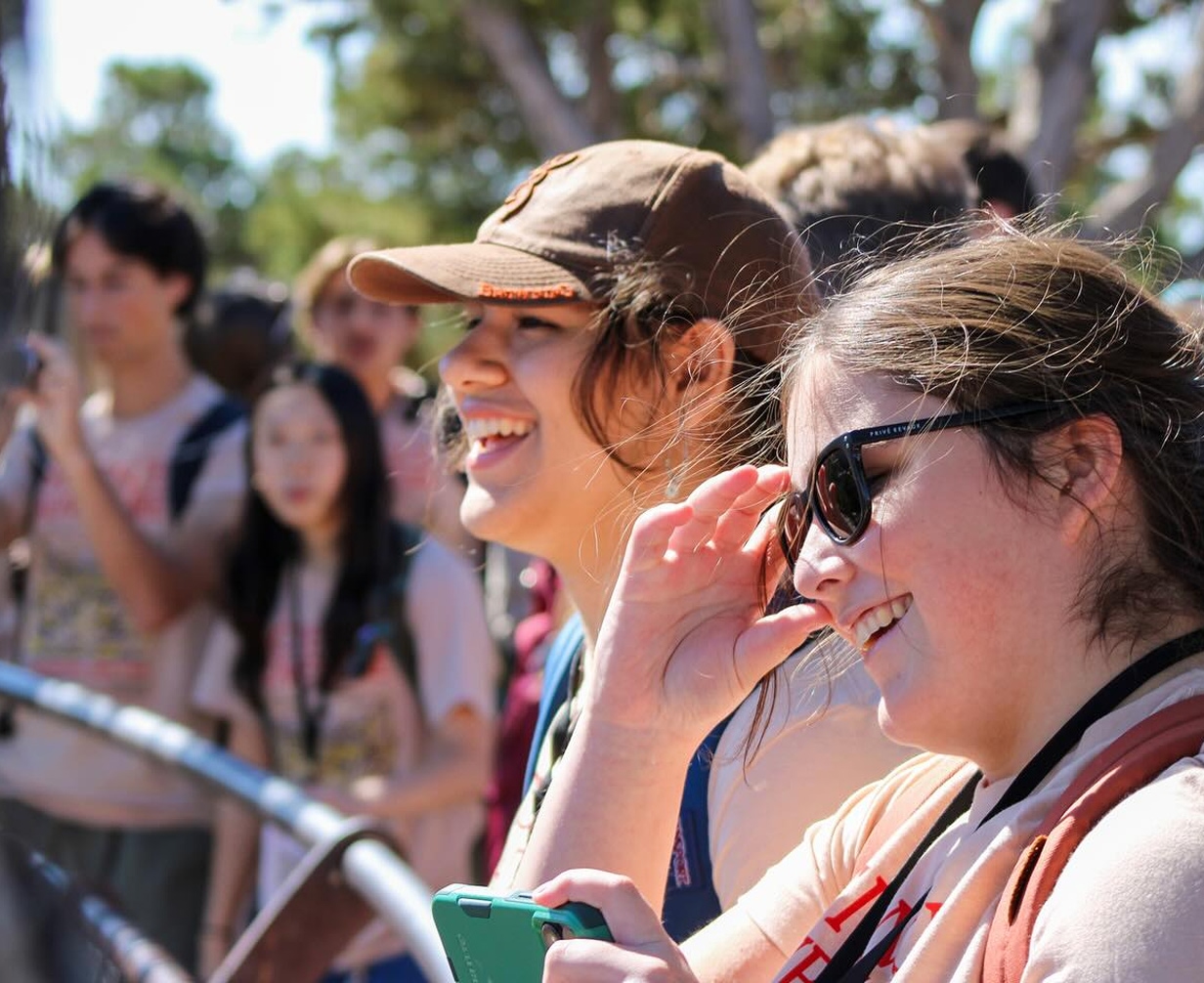Test1 Copy
Lorem ipsum dolor sit amet consectetur. Tortor neque bibendum tempor laoreet egestas feugiat massa tincidunt neque. Sed viverra quis vitae vitae lobortis. Tortor velit bibendum dui eu ultrices mattis neque tincidunt. Vestibulum aliquet mauris dignissim mauris tortor habitant sene
Diversity Demographics
Diversity has always been a defining feature of the United States, but recent decades have seen unprecedented changes in population patterns. Immigration from Latin America, Asia, and Africa, combined with domestic migration, has created neighborhoods that blend languages, traditions, and socioeconomic backgrounds in new ways. According to the U.S. Census Bureau, nearly 40% of children under 18 belong to a racial or ethnic minority, signaling a generational shift that will influence education, politics, and cultural norms.
“Neighborhoods that were once culturally uniform are now vibrant mosaics where different traditions coexist,” explains Dr. Lisa Nguyen, a sociologist at Georgetown University. “This diversity brings both opportunities for cultural enrichment and challenges for social cohesion.” Cities like Los Angeles, Houston, and New York exemplify this trend, but smaller towns across the Midwest and South are increasingly experiencing similar transformations, creating both tension and collaboration in local communities.
Urbanization and Mobility
Urbanization continues to drive societal change in the United States. More Americans are moving to metropolitan centers for job opportunities, education, and cultural amenities. This migration contributes to economic growth, but it also exacerbates housing shortages, gentrification, and the displacement of long-term residents.
“Cities are microcosms of broader social trends,” says Michael Rivera, a community planner in Chicago. “They reflect how mobility, economic opportunity, and demographic shifts interact to shape daily life.” Suburban and rural areas are not immune to these changes, as remote work and telecommuting allow individuals to live farther from urban centers while maintaining economic ties to cities, reshaping housing markets and community planning.
Civic Engagement and Social Awareness
Americans are increasingly participating in civic life, motivated by concerns ranging from racial equity to climate policy and public health. Grassroots movements, community organizations, and digital campaigns amplify citizen voices, while local initiatives—such as participatory budgeting or neighborhood councils—offer tangible influence over policy decisions.
“People are recognizing that their engagement can shape the future of their communities, not just through voting but through daily participation,” notes Angela Brooks, a political science professor at UCLA. This heightened awareness contributes to stronger social networks, collaborative problem-solving, and more responsive local governance, even as polarization continues to present challenges.
“People are recognizing that their engagement can shape the future of their communities, not just through voting but through daily participation,”
Cultural Evolution
Cultural expression in American communities reflects the ongoing blending of traditions, values, and identities. Festivals, local art scenes, cuisine, and music embody a synthesis of historical influences and contemporary innovation. Immigrant communities often serve as cultural hubs, introducing new practices while adapting to local norms, creating hybrid identities that define neighborhoods.
“American culture thrives on constant adaptation and dialogue,” says Brooks. “Every community is a living story of resilience, negotiation, and creativity.” This cultural evolution is not limited to urban centers; rural communities are increasingly engaging with diverse cultural practices through digital media, travel, and regional events, enriching social life across the country.



